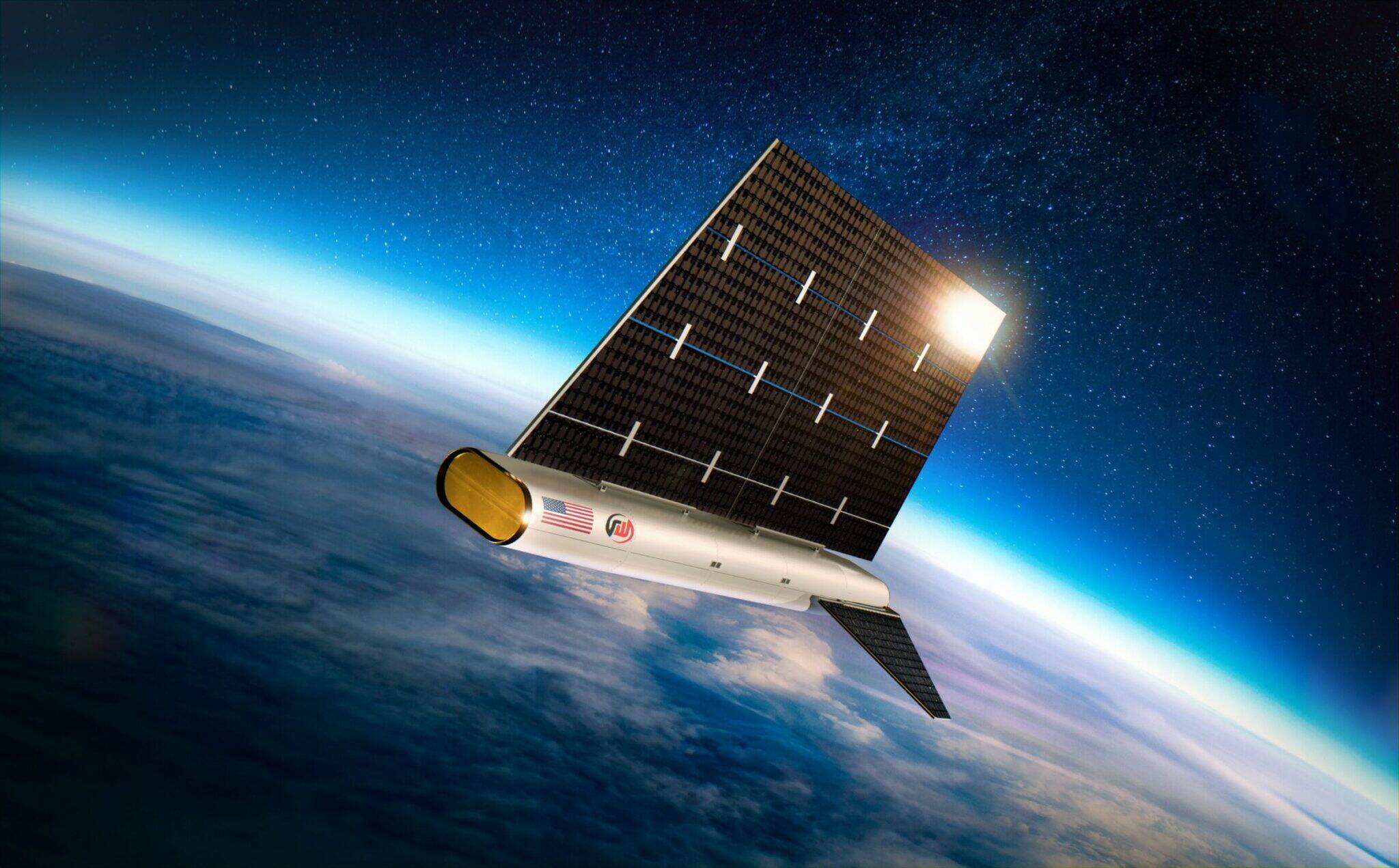
"The Otter Program is moving along to phase 2 with the award of a $44 million contract to Florida-based Redwire, the company announced Wednesday. Redwire was awarded the prime contract for Otter last year to develop a VLEO satellite able to use air-breathing electric propulsion to stay in orbit without the need to rely on a fixed amount of fuel. Such systems are tricky to build, however, and if it's successful, Redwire's design would be the first air-breathing spacecraft to reach orbit."
"As The Register noted in an early 2024 story about DARPA seeking such VLEO systems prior to Redwire's award, the idea is that air-breathing electric propulsion systems can suck up what little air exists at VLEO altitudes in order to turn it into plasma in an ionization chamber. The charged particles can then be shot out of the craft to act as a propellant without the need for onboard gas. Without the need for onboard fuel, such satellites can be built to be smaller and lighter, and they could theoretically last well beyond the lifespan of a device reliant on traditional propellants."
DARPA's Otter program has moved into phase 2 with a $44 million contract to Redwire to produce a VLEO satellite using air-breathing electric propulsion. VLEO spans altitudes between 90 and 450 kilometers and experiences much higher atmospheric drag, requiring frequent propulsion and limiting mission lifespans. Air-breathing electric propulsion harvests ambient low-density air, ionizes and accelerates ions to provide propellant without onboard fuel. Without onboard propellant, satellites can be smaller, lighter and potentially last longer than traditional designs. If successful, Redwire's design would be the first air-breathing spacecraft to reach orbit. Such systems remain difficult to build.
Read at Theregister
Unable to calculate read time
Collection
[
|
...
]